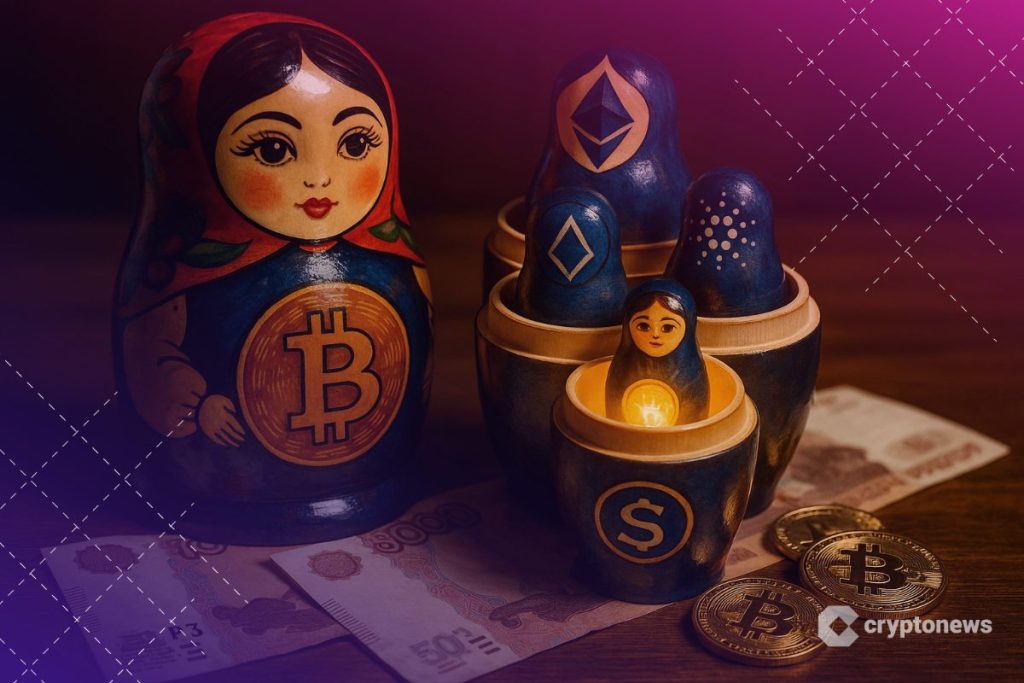Russia has overtaken all European markets in cryptocurrency adoption, recording $376.3 billion in received transactions between July 2024 and June 2025, according to a new report from blockchain analytics firm Chainalysis.
The figure places Russia well ahead of the United Kingdom’s $273.2 billion, and shows a dramatic shift in regional crypto dynamics as the country deepens its participation in decentralized finance and large-scale institutional transfers.
Source: Chainalysis
The findings, published in the Chainalysis 2025 Geography of Crypto Report, show that while Europe as a whole remains one of the world’s most mature crypto markets, Russia has experienced an exceptional surge in activity.
The report attributes this growth to a combination of institutional adoption, the rapid expansion of DeFi use, and increased reliance on stablecoins for cross-border transactions.
According to the report, between mid-2024 and mid-2025, large-scale transfers exceeding $10 million grew by 86% in Russia, nearly double the 44% growth seen in the rest of Europe.
Chainalysis notes that the country’s crypto ecosystem has evolved beyond retail speculation, with DeFi activity rising eightfold in early 2025 before stabilizing at three and a half times higher than the mid-2023 baseline.
Source: Chainalysis
Much of this growth has been tied to the use of the ruble-pegged stablecoin A7A5, which facilitates cross-border payments for businesses and institutions.
Despite being sanctioned by Western authorities, A7A5 has become the world’s largest non–U.S. dollar stablecoin by market capitalization, reaching $500 million in early October.
Chainalysis says the stablecoin is playing a central role in Russia’s crypto-driven trade settlement strategy, though both the European Union and the U.S. Treasury have raised concerns about its potential use for sanction evasion.
U.S. officials have also linked A7A5 to Grinex, the successor to the blacklisted exchange Garantex, which has been accused of laundering millions in illicit funds.
The expansion of Russia’s crypto market comes amid intensifying sanctions and growing regulatory scrutiny.
While excluded from recent international reviews by the Financial Stability Board, Russia continues to push forward with domestic digital finance initiatives.
The country’s central bank plans to launch its central bank digital currency, the digital ruble, nationwide on September 1, 2026, following parliamentary approval of the digital ruble bill in July.
Story Continues
